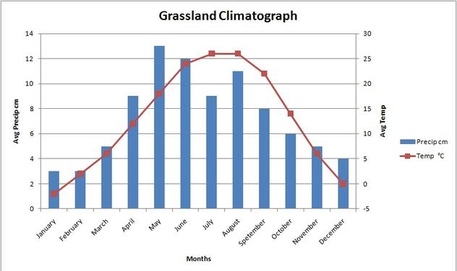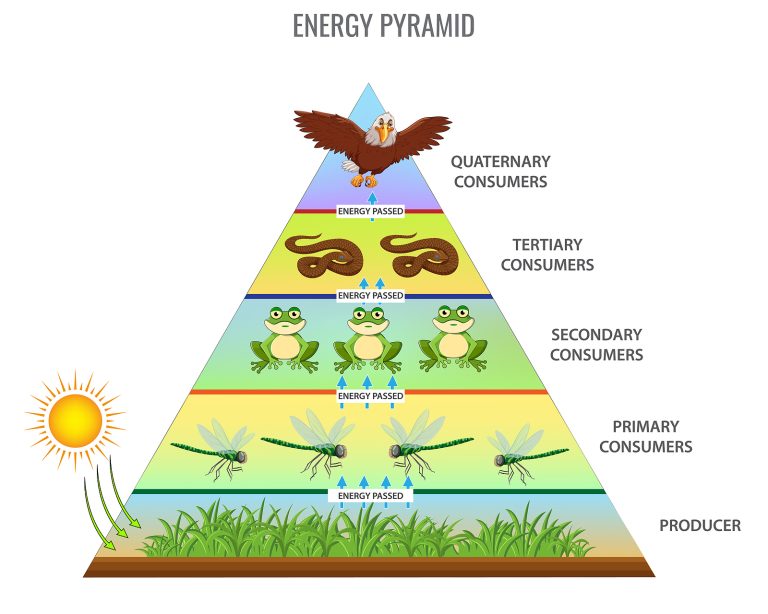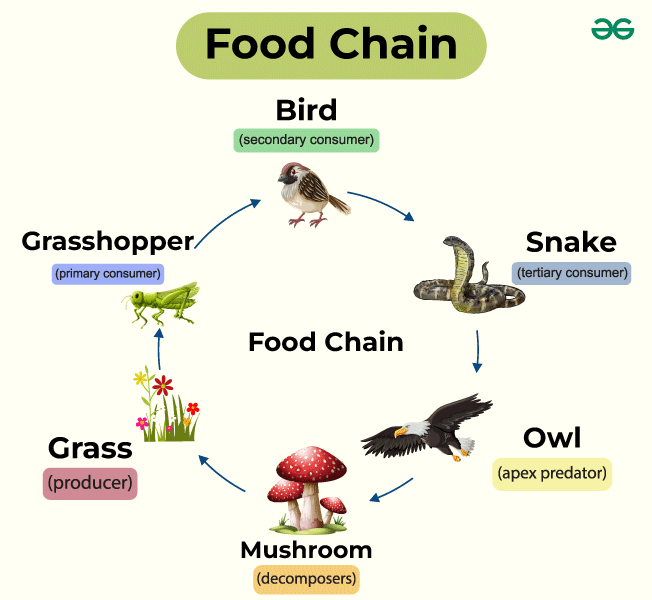Biomes
1/9
There's no tags or description
Looks like no tags are added yet.
Name | Mastery | Learn | Test | Matching | Spaced |
|---|
No study sessions yet.
10 Terms
abiotic
non-living components of an ecosystem, such as water, soil, and temperature, that influence the living organisms within it.
biotic
living organisms in an ecosystem, including plants, animals, and microorganisms.
adaptation
a characteristic that enhances an organism's ability to survive and reproduce in its environment.
biome
a large geographic biotic unit, defined by its climate, soil, plants, and animals.
climate
the long-term patterns of temperature and precipitation in a specific area that significantly influence the types of biotic communities.
photosynthesis
the process by which green plants, algae, and some bacteria convert light energy into chemical energy, using carbon dioxide and water to produce glucose and oxygen.
cellular respiration
the process in which cells convert glucose and oxygen into energy, producing carbon dioxide and water as byproducts.
climatogram
a graphical representation of the average temperature and precipitation over a specific period for a particular location, used to assess climate patterns.

energy pyramid
a visual model that illustrates the flow of energy through different trophic levels in an ecosystem, showing how energy decreases from producers to top consumers.

food chain
a linear sequence that demonstrates how energy and nutrients are transferred from one organism to another within an ecosystem, highlighting the feeding relationships among species.
